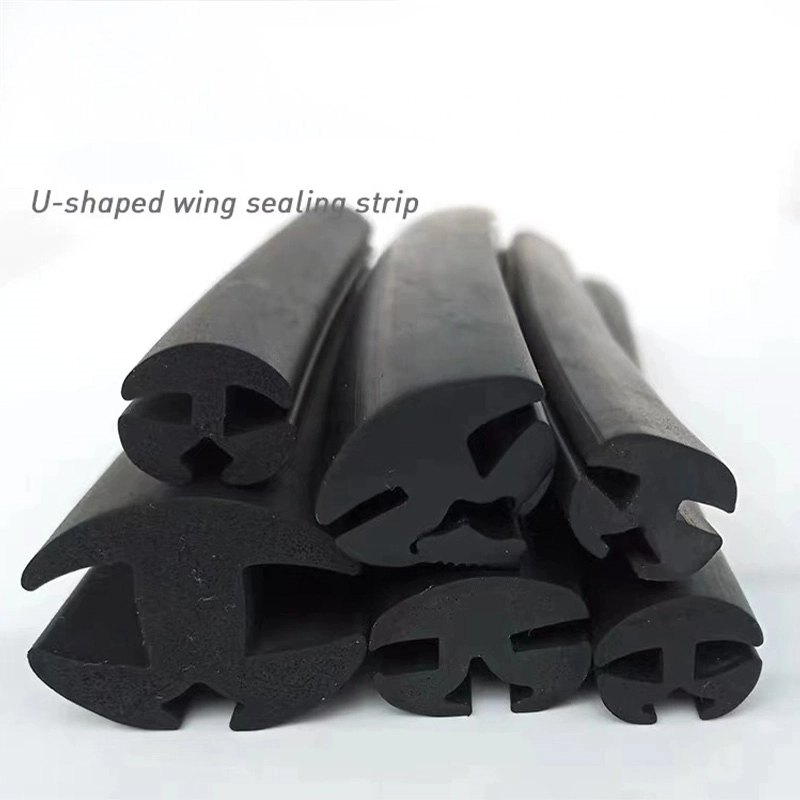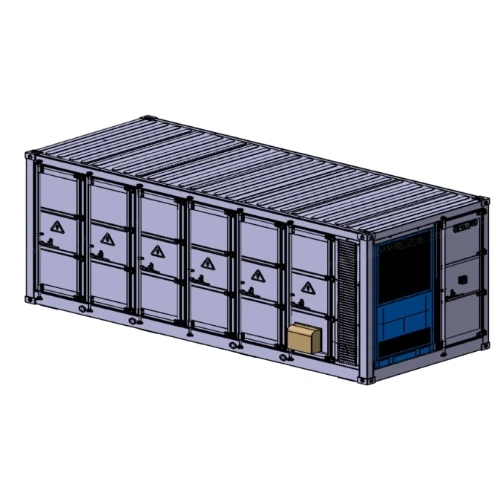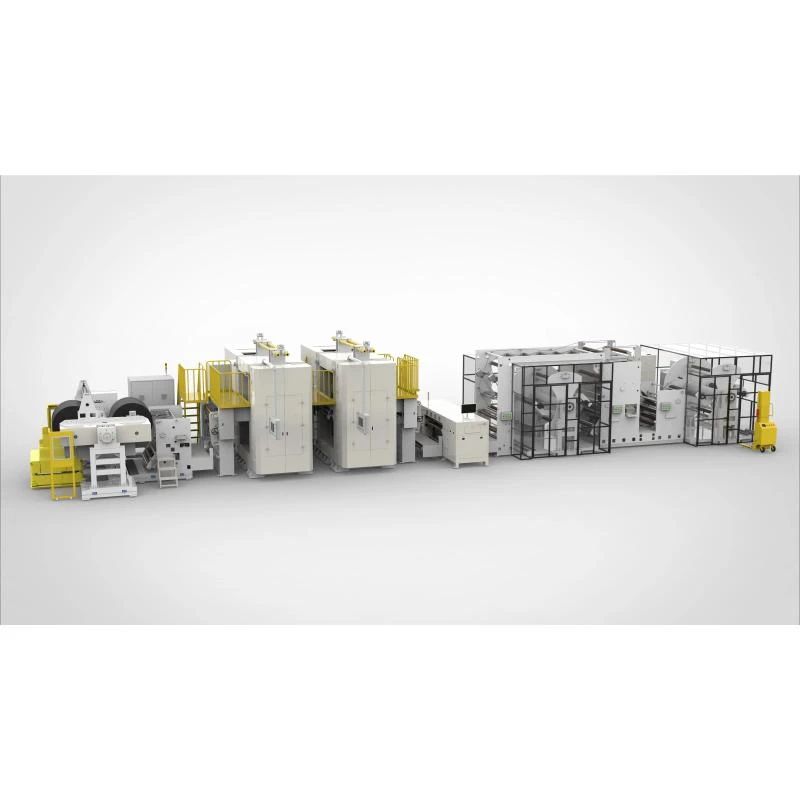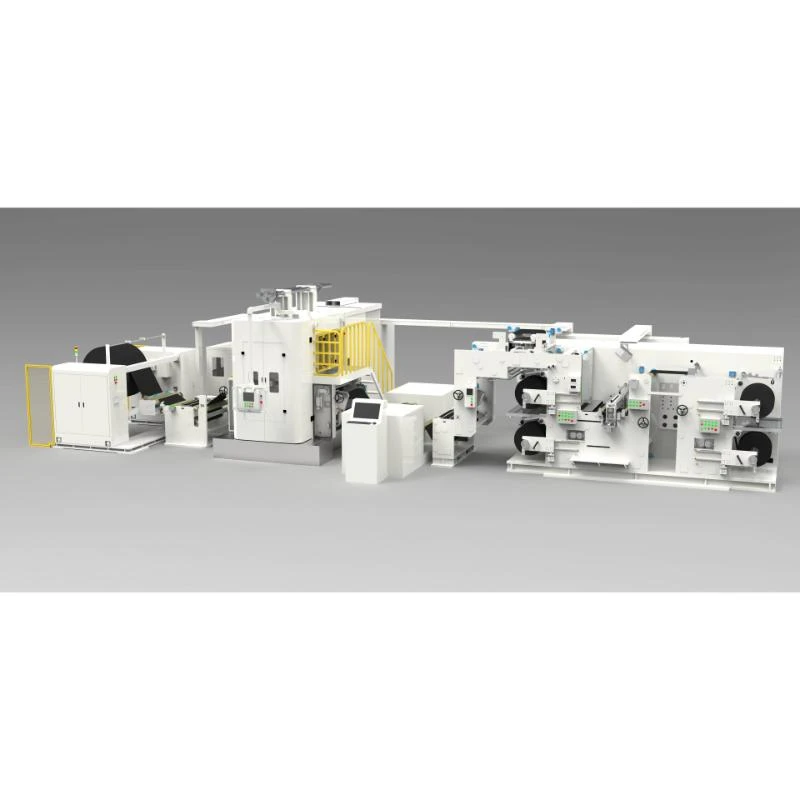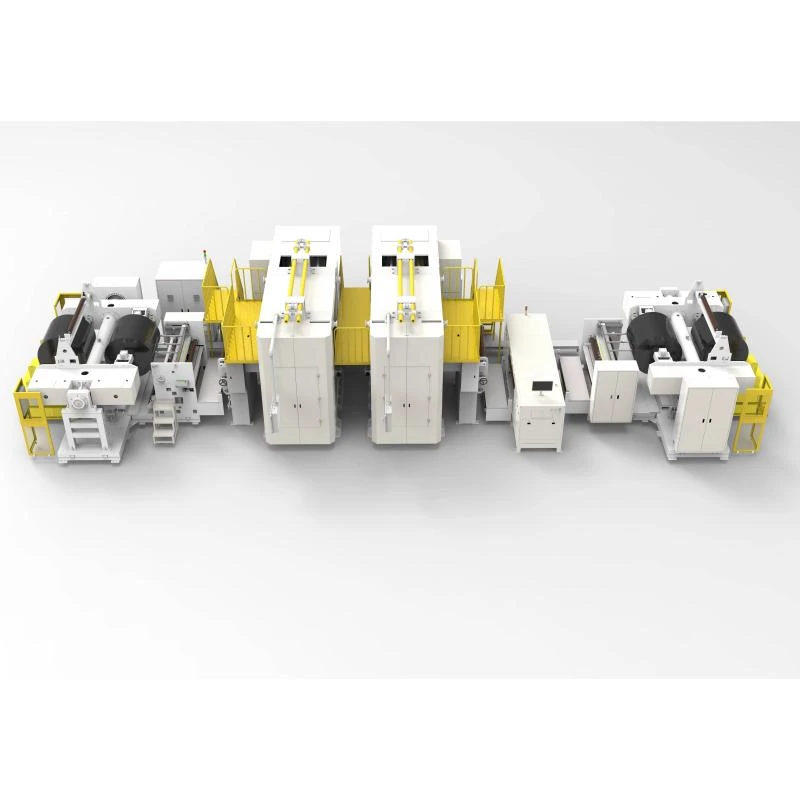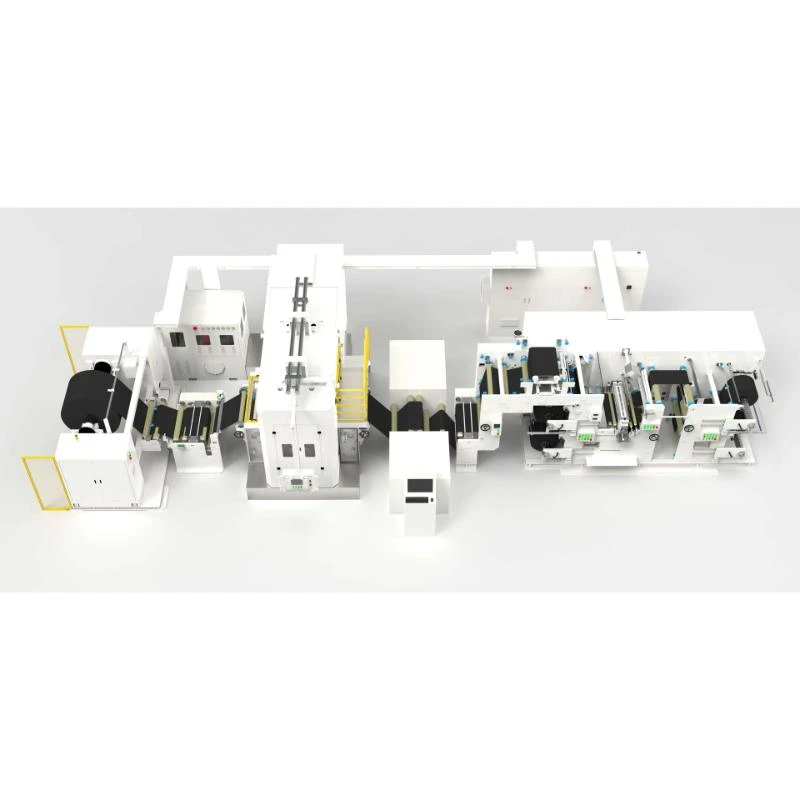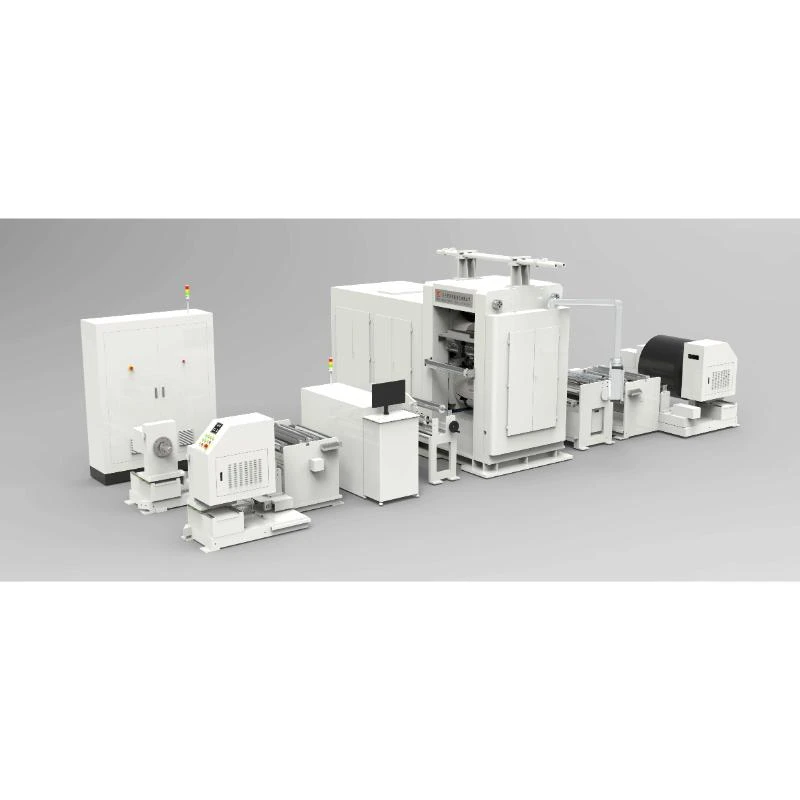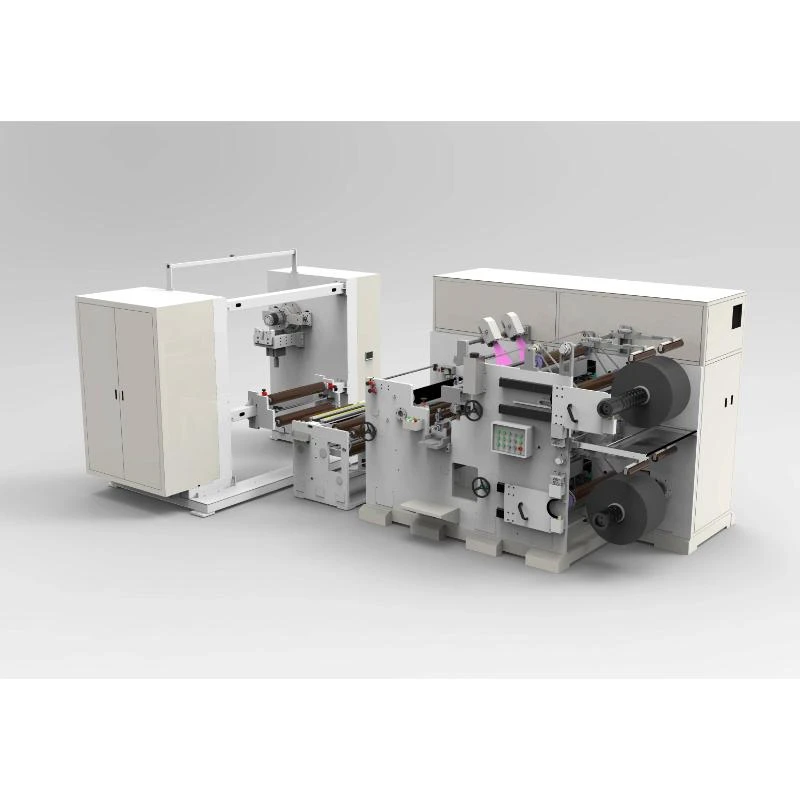steel files for electronics manufacturers
Steel Files for Electronics Manufacturers An Essential Tool for Precision and Quality
In the fast-paced world of electronics manufacturing, precision and quality are paramount. As manufacturers strive to produce intricate components that meet stringent industry standards, the tools they use can significantly impact the final product. Among these tools, steel files hold a crucial place, serving as an essential instrument for shaping and finishing electronic parts. This article delves into the importance of steel files in electronics manufacturing, their types, and best practices for their use.
Understanding Steel Files
Steel files are hand tools used to smooth or shape surfaces, sharpen edges, and remove material from workpieces. They are manufactured from high-carbon steel or other alloys, ensuring durability and resistance to wear. Their design features a flat or curved surface with a series of ridges or grooves, which allow for effective material removal. In the context of electronics manufacturing, steel files are invaluable for working with materials such as aluminum, copper, and various plastics commonly found in electronic components.
Types of Steel Files
In the realm of electronics manufacturing, different types of steel files are available, each suited for specific tasks
1. Flat Files These are versatile tools characterized by a flat surface and are ideal for smoothing and shaping larger areas. Flat files can effectively remove burrs and create a fine finish on components.
2. Half-Round Files With one flat side and one rounded side, half-round files are useful for working on rounded edges and surfaces. They provide versatility, allowing manufacturers to achieve intricate shapes and contours.
3. Square Files Square files, as their name implies, feature a square cross-section. They are perfect for creating sharp internal angles and precision work in corners.
4. Round Files (Rat-Tail Files) These files have a cylindrical shape and are used for enlarging holes and smoothing curved edges. They are particularly helpful in fine-tuning components that require a precise fit.
5. Microminiature Files As the name suggests, these are designed for precision work on small electronic components, enabling manufacturers to achieve the tiniest of details that can be critical in electronics.
The Importance of Steel Files in Electronics Manufacturing
As electronics become smaller and more complex, the precision required in manufacturing increases
. Steel files play a significant role in the following aspectssteel files for electronics manufacturers

1. Precision Shaping Steel files allow manufacturers to fine-tune the dimensions of components, ensuring that they fit perfectly within assemblies. This precision is vital for the performance and longevity of electronic devices.
2. Deburring and Finishing After machining processes, components may have sharp edges or rough surfaces. Steel files aid in deburring, creating a smoother finish that not only enhances aesthetics but also improves functionality and assembly.
3. Quality Control Consistent use of steel files during the manufacturing process helps maintain high standards of quality. Regular filing can eliminate potential defects, reducing the risk of failure in electronic devices.
4. Cost-Effectiveness While automated machining processes are essential for high-volume production, manual finishing with steel files can be a cost-effective solution for lower production runs or custom components.
Best Practices for Using Steel Files
To maximize the effectiveness and lifespan of steel files, manufacturers should adopt several best practices
1. Choose the Right File Selecting the appropriate type of file for the job is crucial. Understanding the specific requirements of the component will guide the choice of file.
2. Maintain Proper Technique When using steel files, applying even pressure and consistent strokes will yield the best results. It is important to file in one direction to prevent damage to the file and the workpiece.
3. Keep Files Clean Regularly cleaning steel files helps maintain their cutting efficiency. Removing debris and material build-up will ensure that the files continue to perform effectively over time.
4. Storage Proper storage of steel files is essential to prevent damage. Files should be stored in a protective case or drawer, away from moisture and contaminants.
Conclusion
In the world of electronics manufacturing, the role of steel files cannot be overstated. Their ability to provide precision, ensure quality, and enhance the finishing touches of components makes them an indispensable tool for manufacturers. By understanding their types and following best practices, electronics manufacturers can optimize their use of steel files, ultimately leading to superior products and increased customer satisfaction. In an industry where every detail counts, the importance of these humble yet vital tools remains paramount.
Share
-
The Best Lubricants for Aluminum Roller GuidesNewsJul.23,2025
-
Slitting Machine Applications in the Packaging IndustryNewsJul.23,2025
-
Rolling Roller Balancing Techniques for Smooth OperationNewsJul.23,2025
-
How To Optimize An EV Battery Assembly LineNewsJul.23,2025
-
Energy Efficiency in Modern Battery Formation EquipmentNewsJul.23,2025
-
Automation Trends in Pouch Cell Assembly EquipmentNewsJul.23,2025
